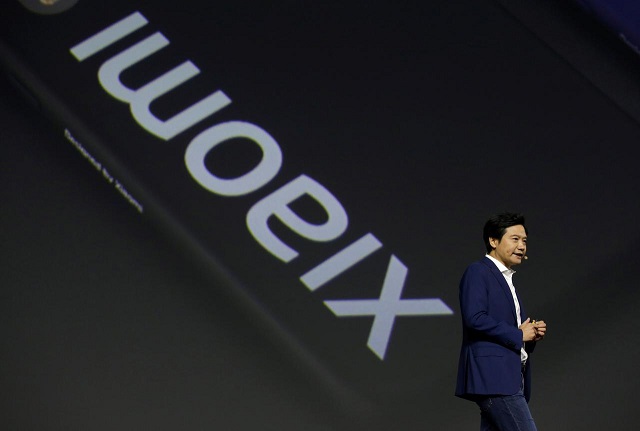
Lei’s remarks come as the company faces intense competition in its home market from rival Huawei Technologies. Last month Xiaomi launched the Xiaomi Mi 9 Pro, the company’s first 5G-enabled phone for the domestic market.
OPPO brings latest smartphone offering to Pakistan
According to Lei, demand for the phone exceeded the company’s expectations and led to supply chain issues. The device’s reception has prompted Xiaomi to launch 5G models for the high, middle, and low-end price tiers next year.
“People in the industry fear that next year 4G models won’t sell, this is a step you have no choice but to take,” Lei said. “So we hope that operators can speed up their expansion of 5G base stations.”
Xiaomi’s share price has fallen steadily this past year as China’s smartphone market grows more competitive. In September the company announced it would plan a $1.5 billion share buyback.
Met office turns digital with mobile phone app, YouTube channel
In the second quarter of 2019, Xiaomi occupied 11.8% of China’s smartphone market, down from 13.9% one year prior according to research firm Canalys.
All other top Chinese brands suffered declining sales volumes as consumers flocked to Huawei, driven in part by patriotism. The Shenzhen-based handset maker became the centre of US-China tensions in May when Washington effectively called for US companies to cease supplying parts to it.
However, Xiaomi has enjoyed success in Europe, where it remains a relatively new player on the continent. The company’s market share in the region during the second quarter of 2019 hit 9.6 per cent, up from 6.5 per cent the year prior, making it one of the fastest-growing phone brands in the region.






1732347751-0/Express-Tribune-(1)1732347751-0-270x192.webp)


1732264554-0/Copy-of-Untitled-(68)1732264554-0-270x192.webp)







COMMENTS
Comments are moderated and generally will be posted if they are on-topic and not abusive.
For more information, please see our Comments FAQ